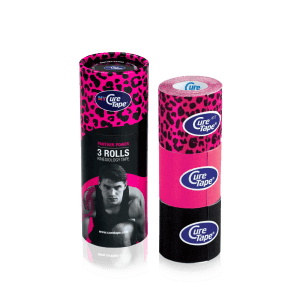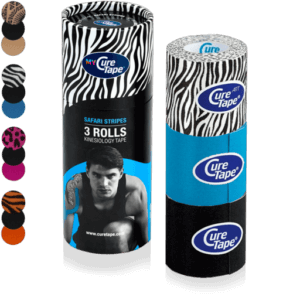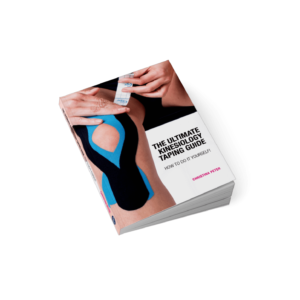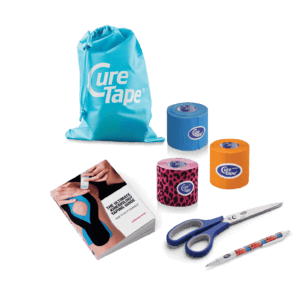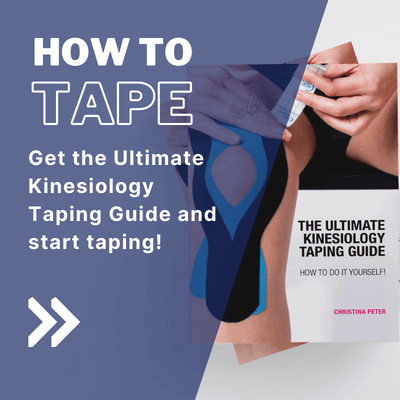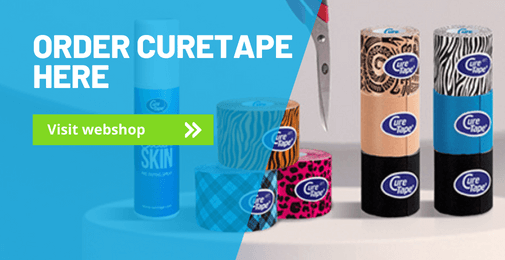A sprained thumb must be immobilised and stabilised. During sport, for example, when catching a ball, the thumb can easily become strained. The thumb’s inner collateral ligament is then damaged, which is important for stabilising the joint. The result is pain and limited thumb mobility. In the event of injury, have the thumb’s stability checked by a professional. Kinesiology tapes can be used to relieve the thumb and support its basic stability. It is also important to protect and rest the joint, strengthening it with specific exercises. If a thumb sprain is left untreated, it can easily become worse. Immobilise, stabilise, protect, and rest. That is the key to speedy recovery from a sprained thumb.
How to tape a sprained thumb
Tips for a good hand taping application:
- Is the cause of the complaint or pain clear?
- Check if there any contraindications for not taping.
- Before you start taping, carefully read the instructions.
- Choose a colour of tape, any colour that fits your mood!
- Round of all the edges to prevent peeling.
- Do not stretch the tape at the beginning and the end.
- Rub the tape well for adhesion. Heat activates the adhesive layer.
- Showering or swimming is possible, pat the tape dry after it gets wet. Do not rub it hard.
- It is easier to remove the tape with body or massage oil.

Christina’s advice when taping your shin
In the self-taping instructions, I have chosen taping applications that are easy to apply yourself. In order to make this treatment safe, I give practical tips, which you should take into account before, during and after a tape treatment. They are based on my years of practical experience. If the complaints persist, always consult a therapist or doctor.
Instruction
Tape
Shape:I-Tape.
Number of strips: 2.
Technique: muscle technique (considerable stretch).
Measuring and cutting the tape
Step 1:
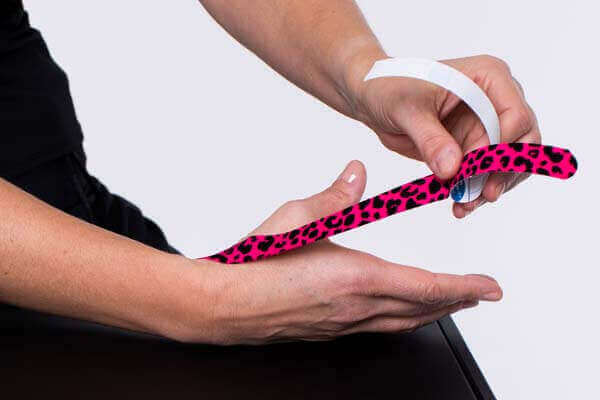
- Sit at a table and measure the tapes in a circular motion around the thumb to the back of the hand.
- To make the tapes fit, cut them lengthwise. The first tape should be about 1 cm wide and the second tape is about 2.5 cm wide.
Tip:you can also purchase pre-cut rolls of 1cm and 2.5cm wide for this purpose.
Applying the tape
Step 1:

Step 2:
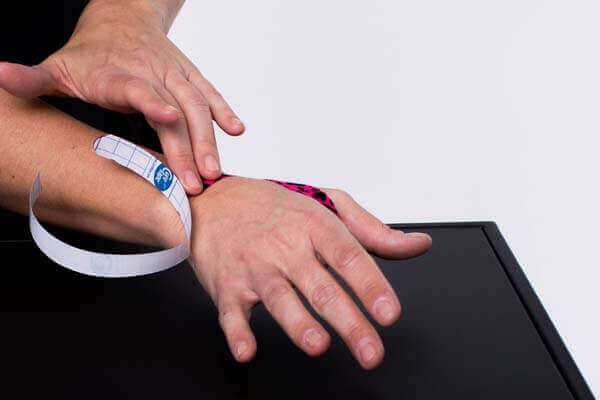
Step 3:
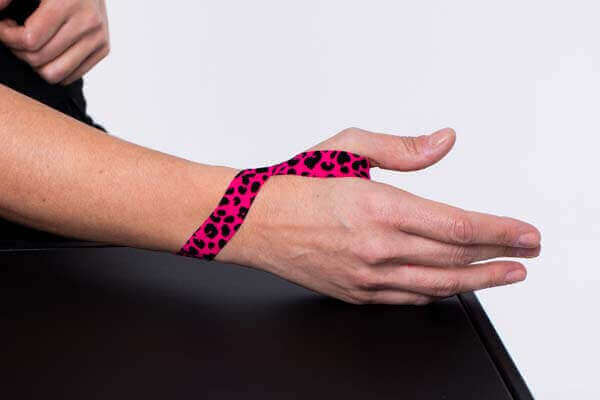
Step 4:
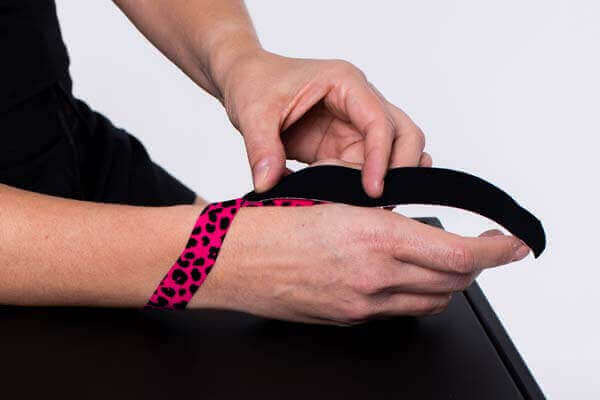
Step 5:
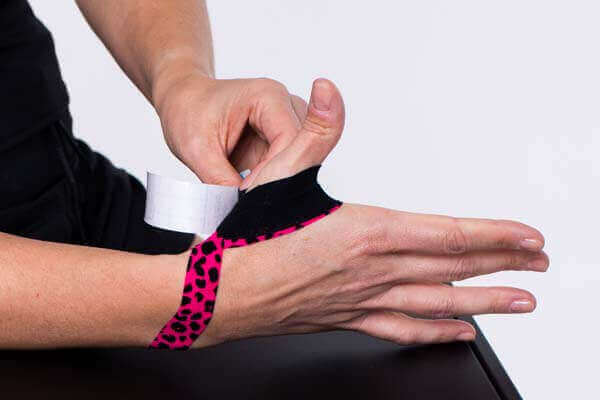
Step 6:

- Place the base of the first tape on the outside, at the top of the thumb joint without stretching.
- Secure the base, spread the thumb slightly, and apply the tape crosswise around the thumb with a good stretch.
- Place the anchor with less tension over the back of the hand and let it run over the wrist. Rub the tape on well.
- Repeat these tape instructions for the second 2.5 cm wide tape, applying it slightly overlapping the first tape.
Experience has shown that tapes in the hand zone loosen more quickly, meaning they need to be renewed more often. The sports version of CureTape is made of viscose, has 25% more adhesive power, and is very suitable for hands and feet. You can also protect the tape construction longer by wearing a glove.
Learn how to tape
- 30 taping instructions for common injuries that taping can help you with
- 176 pages of clear written instructions
- 200 step-by-step instructions accompanied by photo’s, illustrations and scannable video’s through QR codes
What are you waiting for? Order your copy today!
*This book is intended for people who want to tape an injury or complaint themselves. If uncertain about the complaint, consult a physiotherapist.
THYSOL is the manufacturer of the kinesiology tape brand CureTape. As CureTape, we have been training and supplying professionals for almost 25 years. And consumers now know how to find us too! By manufacturing all our tapes in our own factory, we can guarantee the best quality!
Please note that the indicated tape applications and information on our website about the possibilities with kinesiology tape have not yet been scientifically proven. The statements and examples mentioned are based on long-term experiences of patients and trained therapists.
Contraindications not to tape: pregnancy, open wounds, broken bones, unexplained complaints, allergies and skin diseases, use of medication such as blood thinners, thrombosis and fever. Always apply tape in consultation with a specialist.

